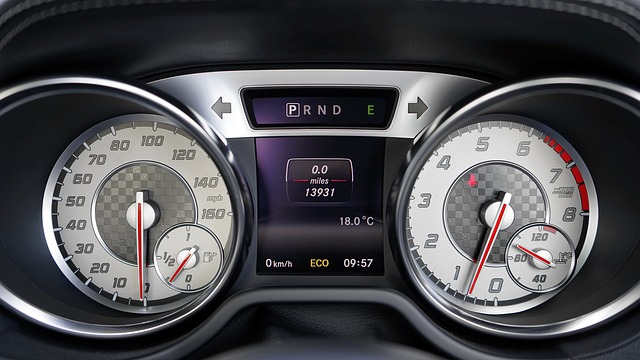
Employee expenses – how to make the most of mileage rates and encourage eco-friendly travel
08/02/19
You probably know that you can pay the HMRC approved mileage rates for employees. You can also implement a more eco-friendly policy whilst saving you and your employees money.
Approved mileage allowances
You can pay employees tax-free sums for using their own vehicles for work, whether cars or vans. These are known as ‘approved mileage allowance payments’ (AMAPs). If employees are paid less than the HMRC approved allowances, they can claim the difference themselves.
HMRC’s approved mileage rates (AMAPs) are:
- 45p for the first 10,000 miles, and
- 25p thereafter
You can pay less, or more than this, but if you pay more, excess payments might count as extra pay on which PAYE tax and NI is due.
However, there’s one situation where you can pay a higher rate tax and NI free, and save your business money.
If you are already paying a mileage allowance, you can also pay the driver an extra 5p per mile for each passenger an employee takes in the car. This is known as an ‘approved passenger payment’ (APP).
APPs
HMRC’s approved passenger rates (APPs) are:
- 5p for each qualifying passenger, per mile
APPs can only be paid where the passenger (or passengers) is also travelling on business, although it doesn’t have to be to the same place as the driver. Tax and NI-free APPs can even be paid to drivers of company-owned cars or vans, but only where the employee receiving the payments is liable to tax on the car as a benefit in kind.
Sharing is saving (and caring)
If your business requires frequent business travel, we recommend you encourage employees to take passengers whenever possible if they are travelling on business. An extra 5p per passenger per mile can soon add up to a reasonable incentive over the course of 12 months.
One car making the trip instead of four is also better in terms of emissions, which might help you sell the idea to employees.
APPs – no employee tax deduction
There’s one downside to APPs compared with AMAPs. With AMAPs, if an employer pays less than the full rate, HMRC allows a director or employee to claim the difference as a tax deduction, but there’s no equivalent deduction for APPs. It has to be paid by the employer and is then not taxable.
If you have any queries relating to employee expenses, please contact Jill Springbett.
Warning: The above is merely general guidance and should not be relied upon as formal advice. The advice we give to each client will depend on their specific circumstances and we would suggest that you take professional advice before taking any action in relation to the issues discussed above.




